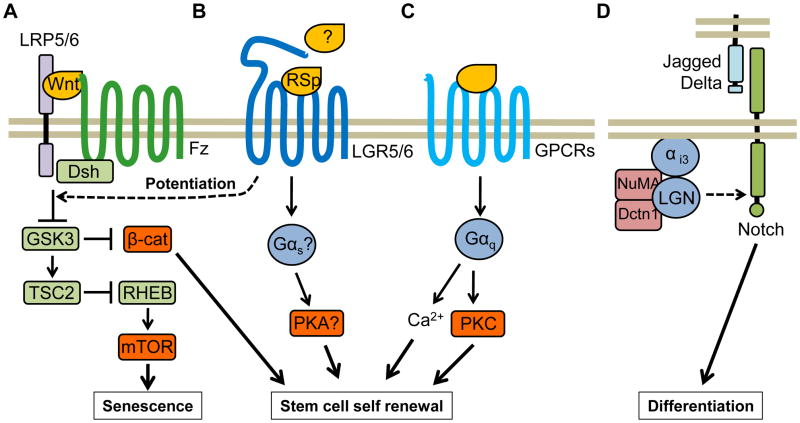Figure 2. Signaling circuitries controlling stem cell fate decisions.
A) Wnt family members initiate signaling by interacting with Frizzled (FZ) receptors and LRP5 or LRP6. Wnt stimulates a variety of intracellular signaling routes, including the canonical β-catenin pathway wherein β-catenin is stabilized due to GSK3 inhibition and translocates to the nucleus, where it promotes stem cell self-renewal. However, GSK3 inhibition may also result in the activation of mTOR due to inactivation of the TSC2, which inhibits RHEB, thereby initiating mTOR-driven stem cell senescence programs. B) The GPCR-like LGR5 and 6 are expressed in stem cells, where they potentiate Wnt signaling when bound to R-spondins (RSp). LGR5/6 may be able to activate G proteins in response to R-spondins or other ligands. C) The release of the neurotransmitter acetylcholine promotes the growth of stem cells in the salivary gland by acting on Gαq-coupled muscarinic 1 (M1) receptors though Ca+2 release and activation of PKC. D) Notch signaling is dispensable for stem cell self-renewal but necessary to induce differentiation of epithelial stem cells. LGN, NuMA and dynactin (Dctn1) control asymmetric cell division and differentiation by activating Notch signaling. The distribution of asymmetric cell division components is polarized in mitotic basal keratinocytes, where they form an apical crescent of LGN and an interacting partner, NuMA. NuMA in turn binds microtubules and interacts with cytoplasmic Dctn1. LGN is thought to be recruited to the cell membrane through Gαi3.

